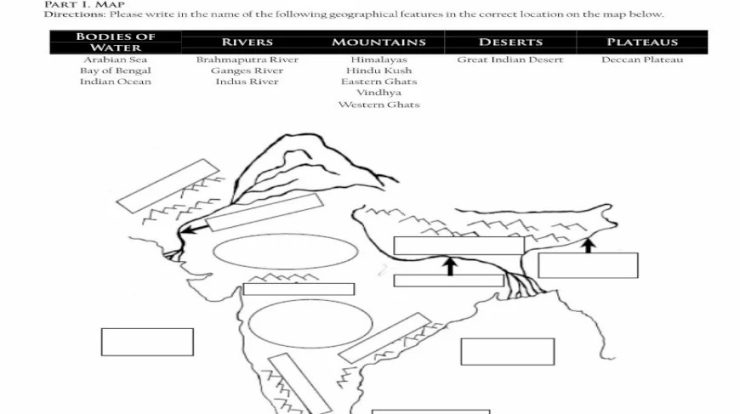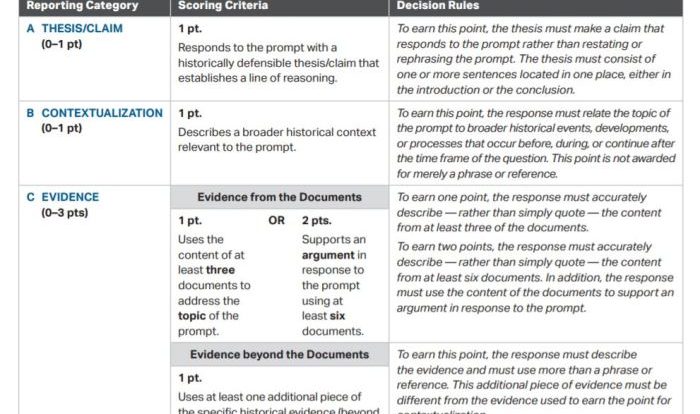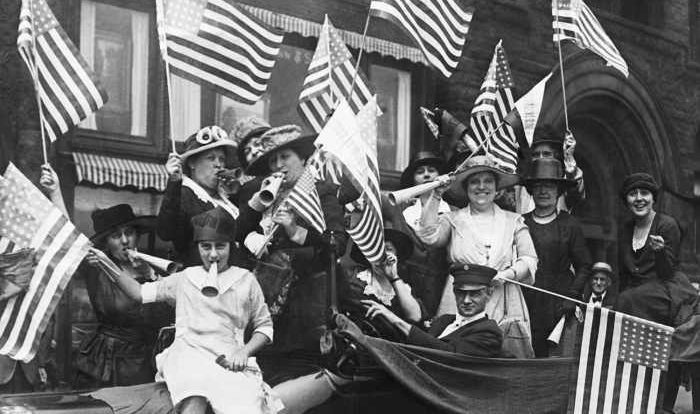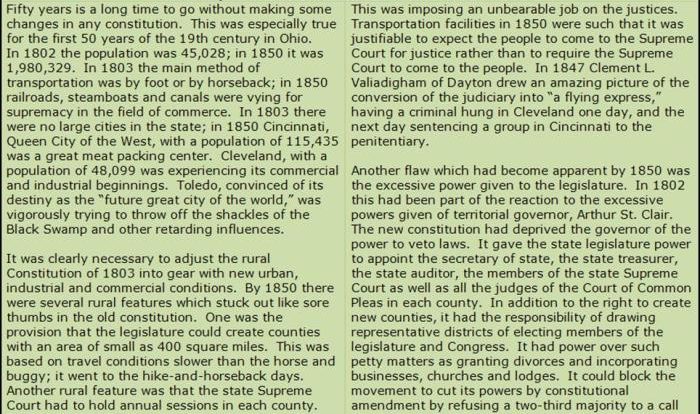Unit 7 revolutions in china russia and mexico – Embarking on Unit 7: Revolutions in China, Russia, and Mexico, we delve into a pivotal chapter of world history that reshaped nations and reverberated across the globe. These revolutions, born out of complex political, economic, and social conditions, stand as testaments to the indomitable spirit of people yearning for change.
As we explore the causes, leaders, ideologies, and outcomes of these transformative events, we uncover the intricate tapestry of factors that ignited the flames of revolution. From the rise of nationalism to the influence of foreign powers, we examine the forces that fueled these upheavals.
Historical Context
China:Qing Dynasty rule, social inequality, foreign influence, and economic stagnation.
Russia:Tsarist autocracy, political repression, industrialization, and peasant unrest.
Mexico:Porfiriato dictatorship, social inequality, land concentration, and foreign economic control.
Timeline of Key Events
- China:Boxer Rebellion (1899-1901), Xinhai Revolution (1911)
- Russia:Bloody Sunday (1905), February Revolution (1917), October Revolution (1917)
- Mexico:Mexican Revolution (1910-1920)
Causes of the Revolutions
Economic Factors, Unit 7 revolutions in china russia and mexico
- China:Foreign economic control, unequal land distribution, poverty.
- Russia:Industrialization, peasant unrest, poor working conditions.
- Mexico:Land concentration, foreign investment, economic inequality.
Political Factors
- China:Qing Dynasty corruption, foreign influence, lack of political representation.
- Russia:Tsarist autocracy, political repression, lack of civil liberties.
- Mexico:Porfiriato dictatorship, rigged elections, suppression of opposition.
Social Factors
- China:Social inequality, Confucianism’s decline, influence of Western ideas.
- Russia:Peasant unrest, labor unrest, social mobility barriers.
- Mexico:Indigenous oppression, social inequality, lack of educational opportunities.
Leaders and Ideologies
China
- Sun Yat-sen:Three Principles of the People (nationalism, democracy, people’s livelihood)
- Mao Zedong:Marxism-Leninism, Cultural Revolution
Russia
- Vladimir Lenin:Marxism-Leninism, vanguard party
- Leon Trotsky:Permanent Revolution
Mexico
- Francisco Madero:Liberalism, land reform
- Emiliano Zapata:Agrarianism, land redistribution
Common Queries: Unit 7 Revolutions In China Russia And Mexico
What were the primary causes of the revolutions in China, Russia, and Mexico?
Economic inequality, political oppression, and foreign influence played significant roles in fueling these revolutions.
Who were some of the key leaders of these revolutions?
Sun Yat-sen, Vladimir Lenin, and Emiliano Zapata emerged as prominent figures in the Chinese, Russian, and Mexican revolutions, respectively.
What were the long-term impacts of these revolutions?
These revolutions led to profound political, social, and economic changes, including the establishment of new governments, the redistribution of land, and the rise of new ideologies.



